Ski Attire – Prepare for the Snow

While ski attire isn't solely for fashion on the slopes – it's your primary protection against harsh weather. Suitable ski garments ensure you remain warm, dry, and comfortable, enhancing your performance irrespective of the icy winds or when navigating through deep powder snow. Explore our ski attire options here!
Ski attire must possess adequate insulation, waterproof capabilities, and breathability, all while enabling ease of movement. Thus, selecting appropriate skiing attire involves considering the weather conditions you’ll encounter to ensure you're neither cold, drenched, nor overheated.
Are you obtaining ski attire for a family ski trip? Or perhaps seeking technical ski wear to boost your performance? We have everything you need.
The equilibrium between waterproof capabilities and breathability often corresponds to price. As a recreational skier, suitable protection can be found within mid-range ski attire, but if you're skiing extensively throughout the season, investing in high-performance ski clothes is advisable.
Overview
Ski Coats

Choosing the right ski coat is essential for staying warm and dry on the slopes. Whether you're shopping for women's, children’s or men's ski coats, ensure it provides adequate insulation and defence against water and wind.
A snow coat with a high waterproof rating (10,000 mm or higher) and moisture-wicking lining will keep you comfortable in all conditions.
Seek additional features such as:
- Adjustable hoods
- Zippered vents
- Pockets for ski passes or snacks (inner & outer)
- Snow skirts
If uncertain about selecting a ski coat, consider your typical skiing conditions: insulated coats for frigid weather or shell coats for adaptability and tailored layering.
Ski Trousers & Snow Trousers
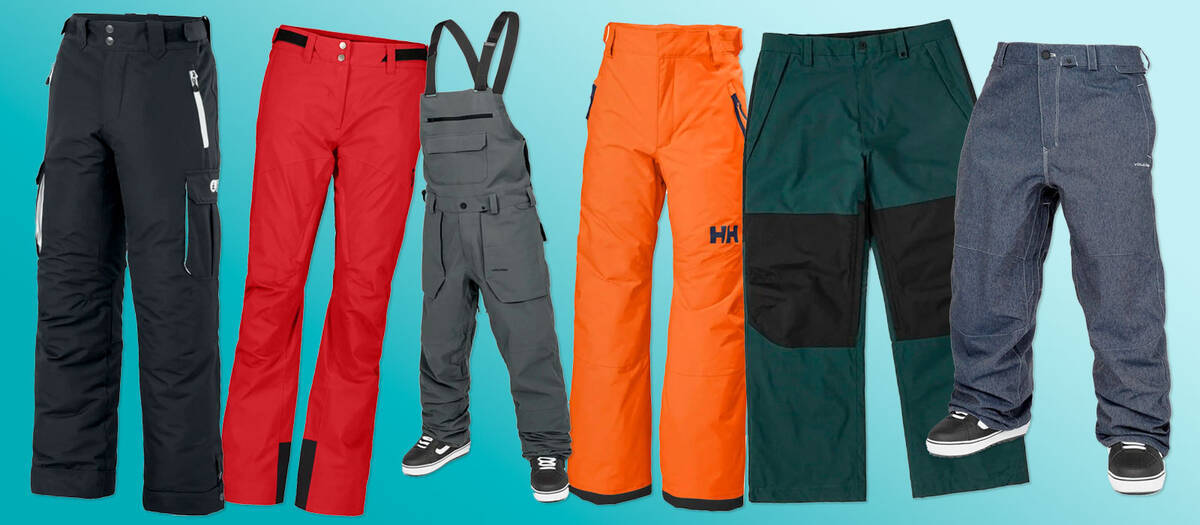
Ski trousers maintain your warmth and dryness, with your comfort on the slopes being highly dependent on them. The best ski trousers are waterproof, windproof, and breathable—meaning they protect against wind and moisture, while allowing internal moisture to escape.
Choose ski trousers based on activity, weather, and comfort preferences. Shell trousers are suitable if you aren't prone to feeling cold, while insulated trousers are crucial for static periods, like on ski lifts, to keep warm and enjoy your day.
Seek additional features such as:
- Adjustable waistbands
- Reinforced cuffs
- Inner snow gaiters
- Clip compatibility with same-brand coat
- Pockets
For cross-country skiing, determine your emphasis. Performance-focused skiers will benefit from thin, lightweight, and breathable trousers for maximum mobility, while nature enthusiasts who pause to admire the view should choose insulated, waterproof, and breathable ski trousers.
Thermal Underwear – Skiing Base Layer
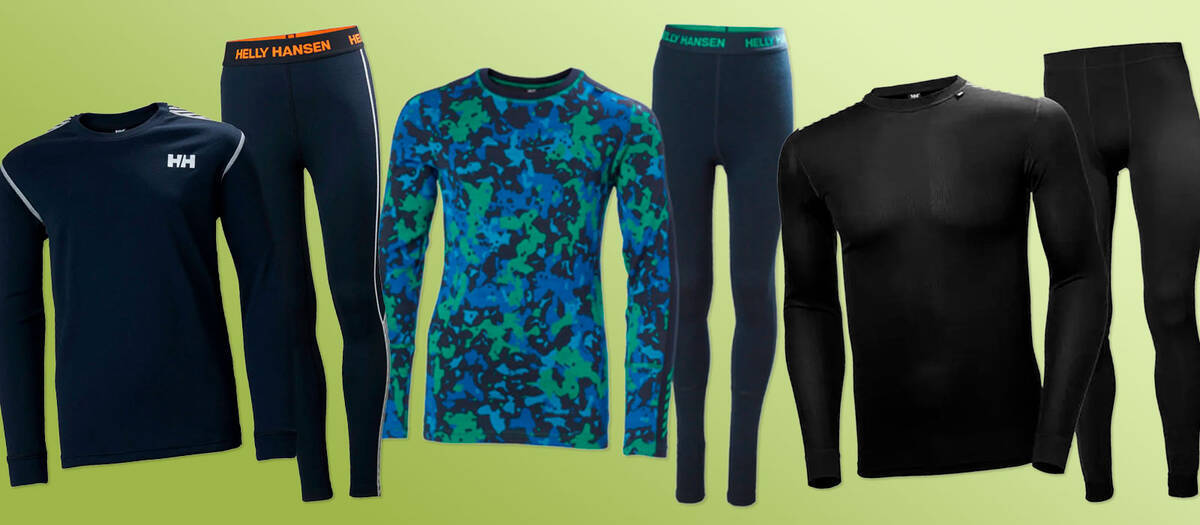
Thermal underwear is vital for retaining heat while skiing. Once experienced, you won't want to ski without them. Complete base layer sets or long johns for the legs, these snug pieces are your first step towards a warm skiing ensemble.
Why is thermal underwear such a transformational piece for skiing? It preserves your warmth by trapping heat close to your body while wicking sweat to keep you dry.
On the coldest days, opt for the warmest materials like merino wool or quality synthetic blends, which retain warmth without bulk. A dependable base layer remains your ally for maintaining comfort while skiing, no matter the weather conditions.
Ski Gloves
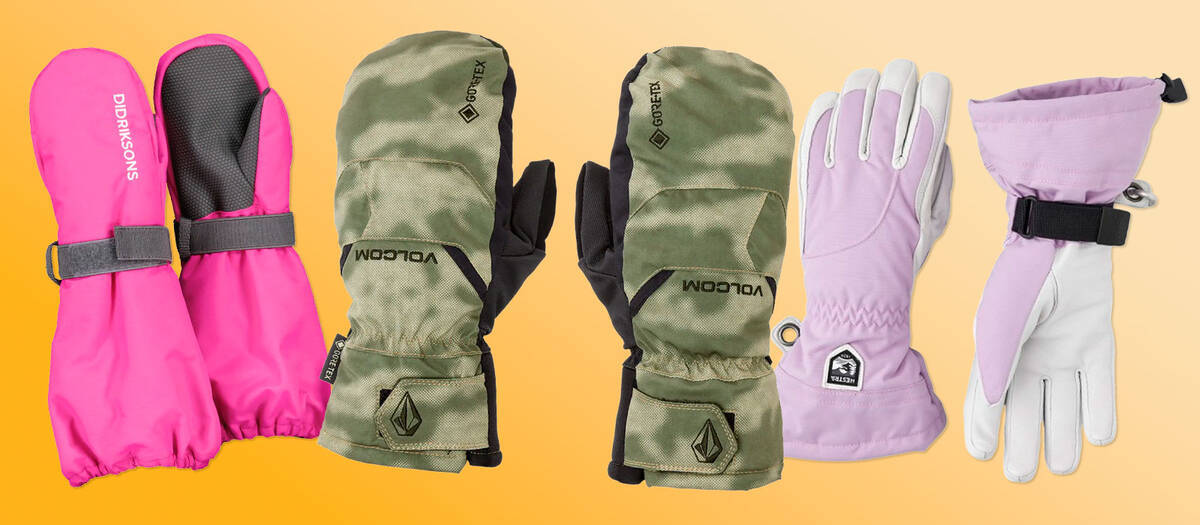
The most effective ski gloves keep hands warm and functional throughout the day. Adequate ski gloves should be waterproof, insulated, and robust, and they might include features like touchscreen capability or wrist leashes for added convenience. For very cold environments, consider gloves or mittens with heating elements powered by battery packs. Although many winter gloves offer basic warmth, specialised ski gloves are crafted to meet skiing demands such as gripping poles and resisting snow exposure. Look for designs with reinforced palms and adjustable cuffs for a secure, snug fit.
Consider whether gloves, lobster gloves, or mittens best suit your needs. Essentially, gloves offer the greatest dexterity, mittens are warmer, and lobster gloves, also referred to as 3-finger gloves, provide a balance between the two.
Unsure of whether to select mittens or gloves? Refer to the table below:
| Aspect | Gloves | 3-finger gloves | Mittens |
| Dexterity | More | Medium | Less |
| Warmth | Less | Medium | More |
After determining your preference between mittens, gloves, or 3-finger gloves, consider the materials you favour. Our extensive selection includes leather ski gloves and technical performance ski gloves, as well as varying levels of insulation.
Ski Socks
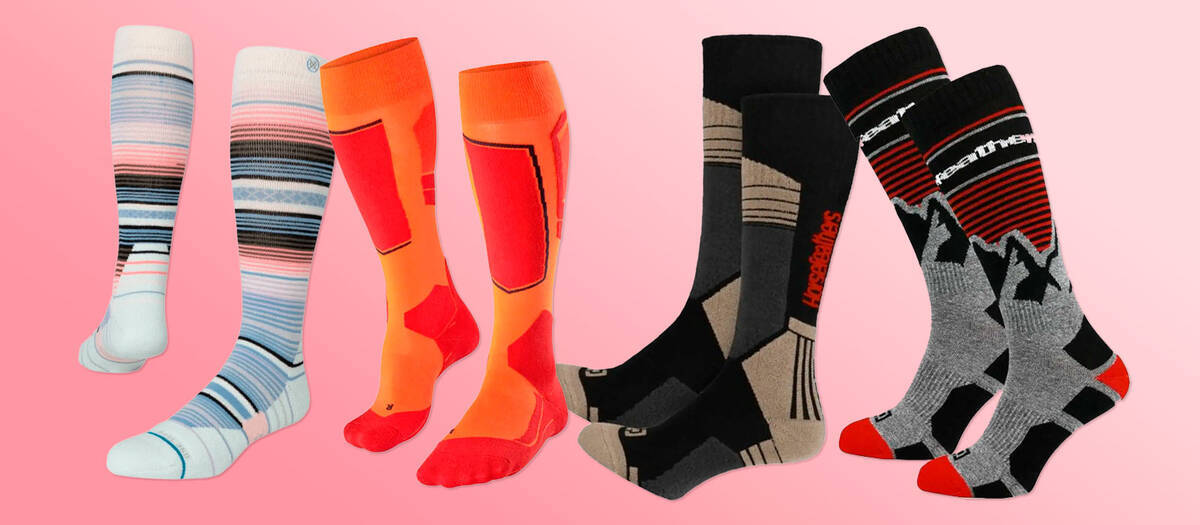
Proper ski socks are a crucial choice. Feet are your foundation on the slopes, and cold feet can make it difficult to concentrate on skiing. Unsure about which socks to choose? Select thermal socks made specifically for skiing. They provide cushion in spots likely to blister. Premium ski socks are crafted from moisture-wicking materials such as merino wool to keep feet dry and warm. For extra comfort on the chilliest days, consider heated ski socks with adjustable temperature settings. Avoid cotton socks, as they retain moisture and can result in cold feet.
Ski Masks, Balaclavas & Hats

Finding the best ski mask is crucial for protecting your face from bitter temperatures and can affect your skiing experience. A ski mask or balaclava provides full coverage to protect from frostbite in extreme conditions. For the best balaclava for skiing, seek breathable materials and snug fits compatible with helmets and goggles. Additionally, a neck gaiter allows adaptable coverage for the neck and lower face. Complete your attire with a warm, moisture-wicking ski hat for head and ear insulation.
Ski Mid Layers – Ideal Garments Beneath Ski Clothing
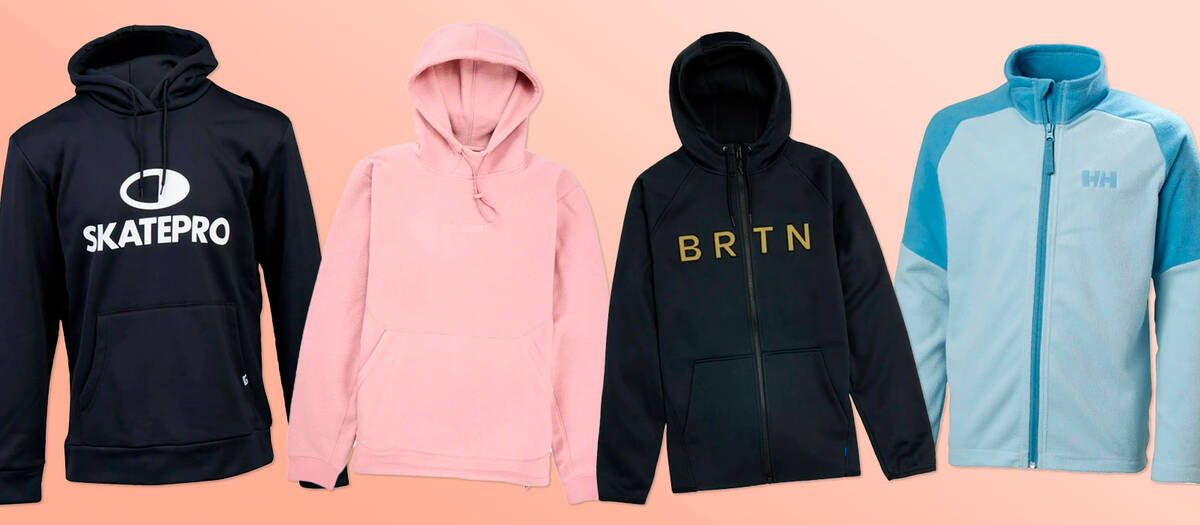
Effective mid layers preserve warmth while allowing flexibility and airflow, which are indispensable in ski clothing. You might wonder, what should you wear under a ski coat or snow trousers? Although it is largely about personal preferences, we offer some suggestions to aid your decision.
Fleece jackets, down sweaters, or synthetic insulated layers excel at retaining warmth without causing overheating. The best ski mid layer depends on your activities: lightweight fleece for intense days, or thicker insulation for very cold conditions.
